A Study on the Aesthetic Form of Chinese Tibetan Theme Films in the New Era of Socialism with Chinese Characteristics
DOI: 10.23977/artpl.2023.040901 | Downloads: 24 | Views: 1380
Author(s)
Siyi Wang 1, Siwei Wu 1,2, Cheng Di 1,2
Affiliation(s)
1 School of Arts and Communication, China University of Geosciences, Wuhan, Hubei, 430074, China
2 Faculty of Fine and Applied Arts, Burapha University, Chonburi, 20131, Thailand
Corresponding Author
Cheng DiABSTRACT
From the "17 years" period of the new China after 1949 to the New Era of Socialism with Chinese Characteristics, after decades of development, the creative content and aesthetic style of Chinese Tibetan Theme Films have undergone great changes, which are closely related to the changes of the times. This article will start with the induction of the development of Chinese Tibetan Theme Films in different periods, and analyze and study their aesthetic presentation and aesthetic style in the New Era of Socialism with Chinese Characteristics.
KEYWORDS
Aesthetic Form, A New Era of Socialism with Chinese Characteristics, Tibetan, FilmCITE THIS PAPER
Siyi Wang, Siwei Wu, Cheng Di, A Study on the Aesthetic Form of Chinese Tibetan Theme Films in the New Era of Socialism with Chinese Characteristics. Art and Performance Letters (2023) Vol. 4: 1-8. DOI: http://dx.doi.org/10.23977/artpl.2023.040901.
REFERENCES
[1] Na R, Na B. Research on Narrative Characteristics of Chinese minority films. Art and Performance Letters, 2022, 3(4): 73-77.
[2] Chi Fangfei. On the nationalization and sublime beauty of films in the "seventeen years" period. Beauty and era (II), 2020(02):116-118.
[3] Wang Lijuan. Study on the aesthetic presentation and cultural trend of Tibetan films since the new century. Northwest University for Nationalities, 2017.
[4] Hou Qian. The development trend and characteristics of Tibetan films in China in the new century. Lanzhou University, 2019.
[5] Shi Zhongquan. Three Historical Resolutions: Leading Indicators for Centennial Revival. China Discipline Inspection and Supervision, 2021 (23): 4-6
[6] Cui Fukai. Analysis of the Concept and Development Context of the "New Wave in Tibet". Journal of Hubei Vocational and Technical College of Industry, 2022,35 (06): 69-75
[7] Jiang Dongsheng. Variations in the Narrative Paradigm of Chinese Tibetan Theme Films since the New Century. Film Literature, 2018(12):17-20+29.
[8] Hou Jingru. The Realistic Construction of Chinese Highway Movies in "KangRinpoche" and "Ala Changso". Drama House, 2022 (18): 153-155
[9] Wu Xiao. The symbol of 'the other' and the self-narration of 'local'. Qufu Normal University, 2022.
[10] Zhou bai. Analysis of the Aesthetic Style of Tibetan Movies in the New Century. Chang'an University, 2022.
[11] Tian Wenqian. Research on the artistic style of Tibetan films in the past 40 years of reform and opening up. Northwest Normal University, 2020.
[12] Gao, Z., & Braud, T. C. VR-driven museum opportunities: digitized archives in the age of the metaverse. Artnodes, 2023, (32), 1-14.
[13] Wang Tingting. The Development of Intelligent Optimization Algorithm Art and the Competition Cooperation and Win-win of Natural Protection Environment . Nature Environmental Protection 2022, Vol. 3, Issue 4: 69-77.
| Downloads: | 25603 |
|---|---|
| Visits: | 962280 |
Sponsors, Associates, and Links
-
Journal of Language Testing & Assessment
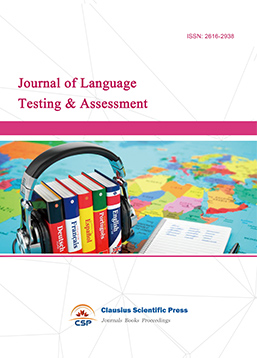
-
Information and Knowledge Management
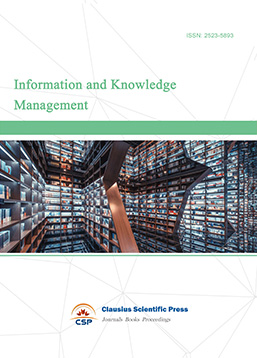
-
Military and Armament Science

-
Media and Communication Research

-
Journal of Human Movement Science
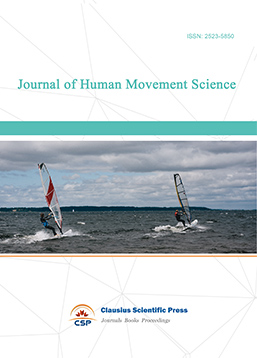
-
Lecture Notes on History
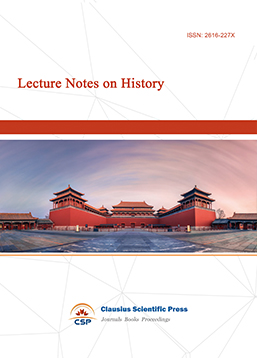
-
Lecture Notes on Language and Literature

-
Philosophy Journal
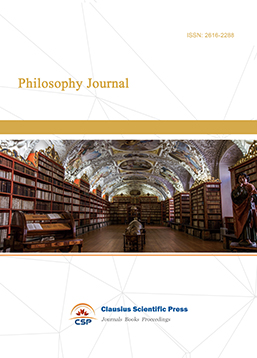
-
Science of Law Journal

-
Journal of Political Science Research
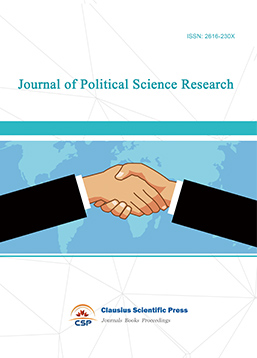
-
Journal of Sociology and Ethnology
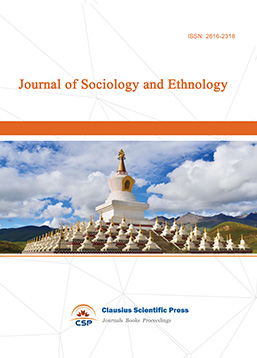
-
Advances in Broadcasting


 Download as PDF
Download as PDF